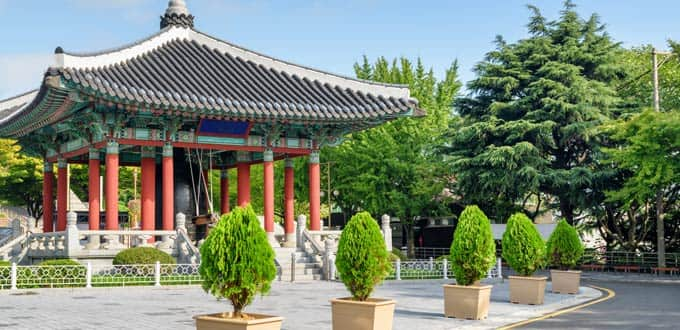
¡Agregado a favoritos!

¡Agregado a favoritos!
Cultural Performance & Busan City
Busán, Corea del Sur
Duración 3 3/4 hs.
- Adult from: $2,638.04 MXN
- Child from: $2,638.04 MXN

| Desde | Mensaje | Reserva n.° | Fecha | |
|---|---|---|---|---|
| Centro de Comunicaciones de Norwegian | Centro de Comunicaciones de Norwegian ¡No pierdas tu reserva! | 25422881 | Abr. 1, 2014 | |
| Centro de Comunicaciones de Norwegian | Centro de Comunicaciones de Norwegian Reserva tu cena ahora mismo | 25422881 | Abr. 1, 2014 | |
| Centro de Comunicaciones de Norwegian | Centro de Comunicaciones de Norwegian ¡No pierdas tu reserva! | 25422881 | Abr. 1, 2014 | |
| Centro de Comunicaciones de Norwegian | Centro de Comunicaciones de Norwegian ¡No pierdas tu reserva! | 25422881 | Abr. 1, 2014 |
*Términos y condiciones
Paquete no disponible en viajes de menos de 5 días ni en viajes chárter.
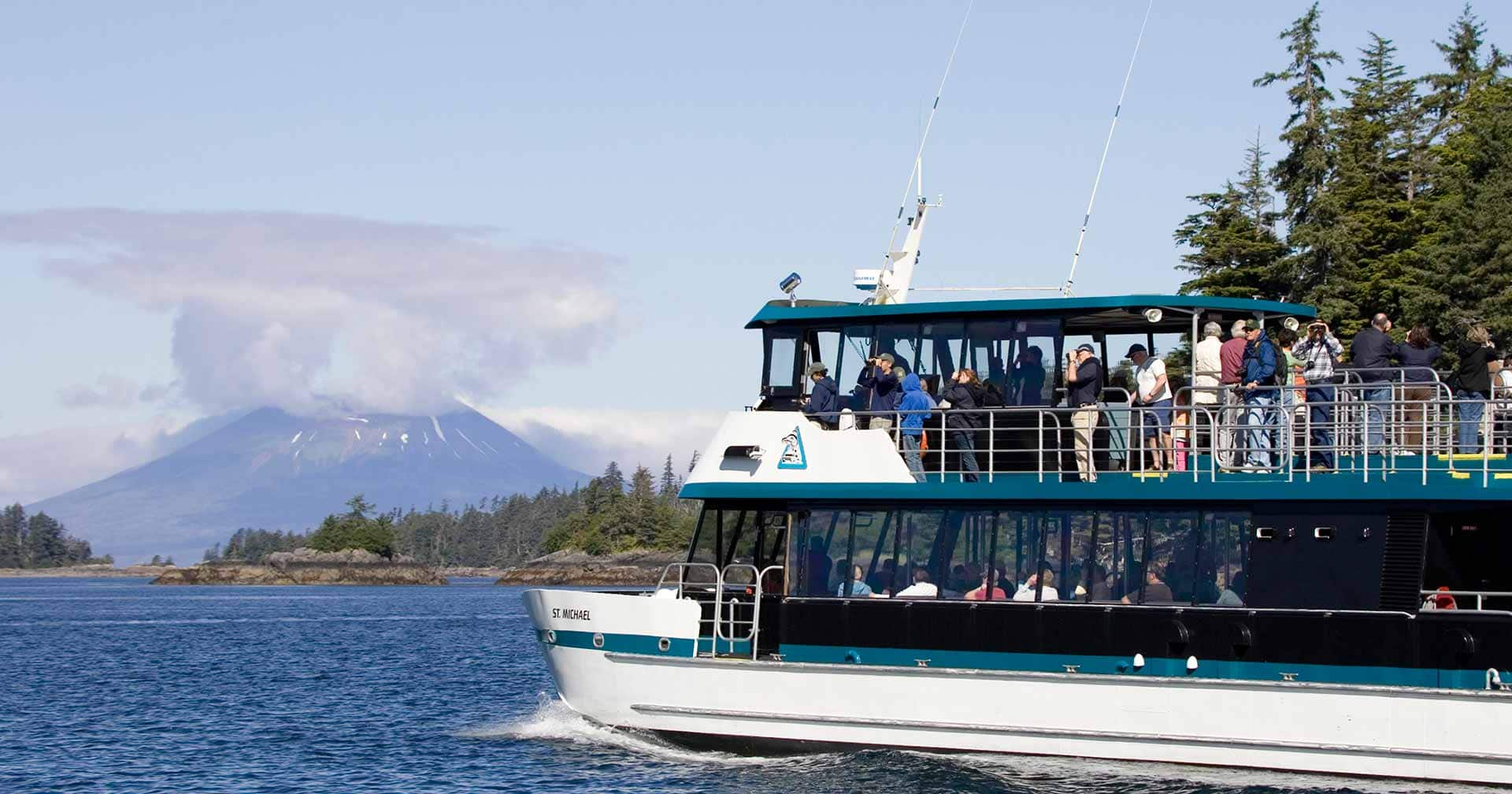
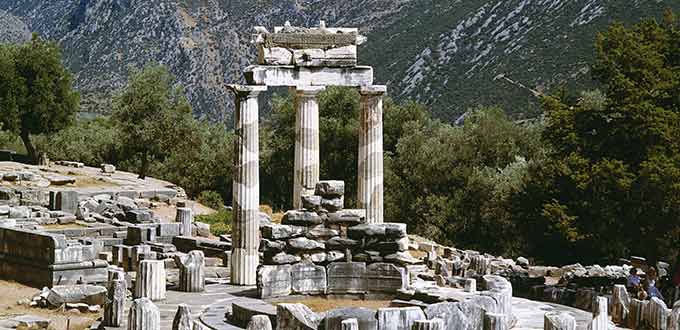

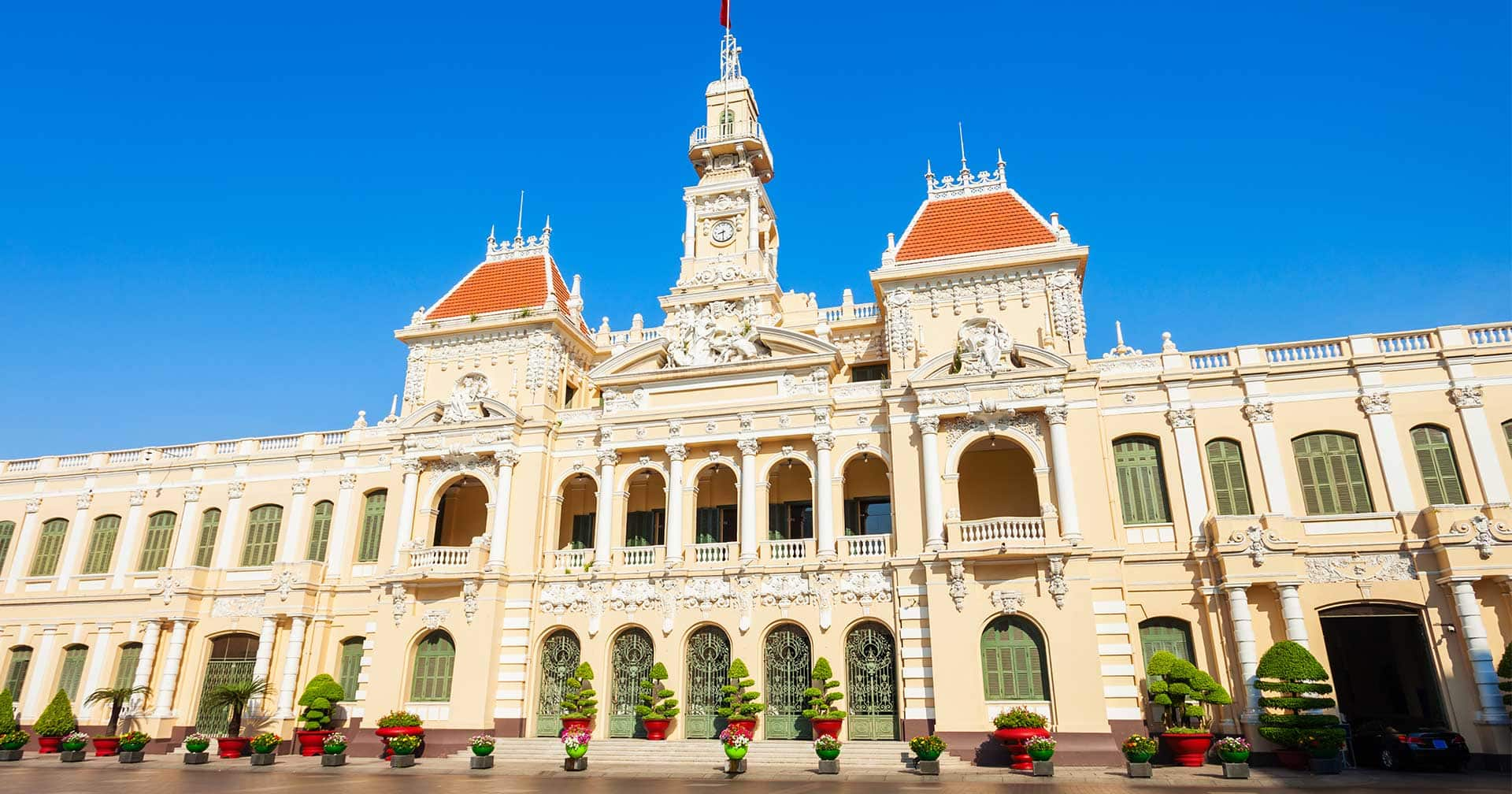
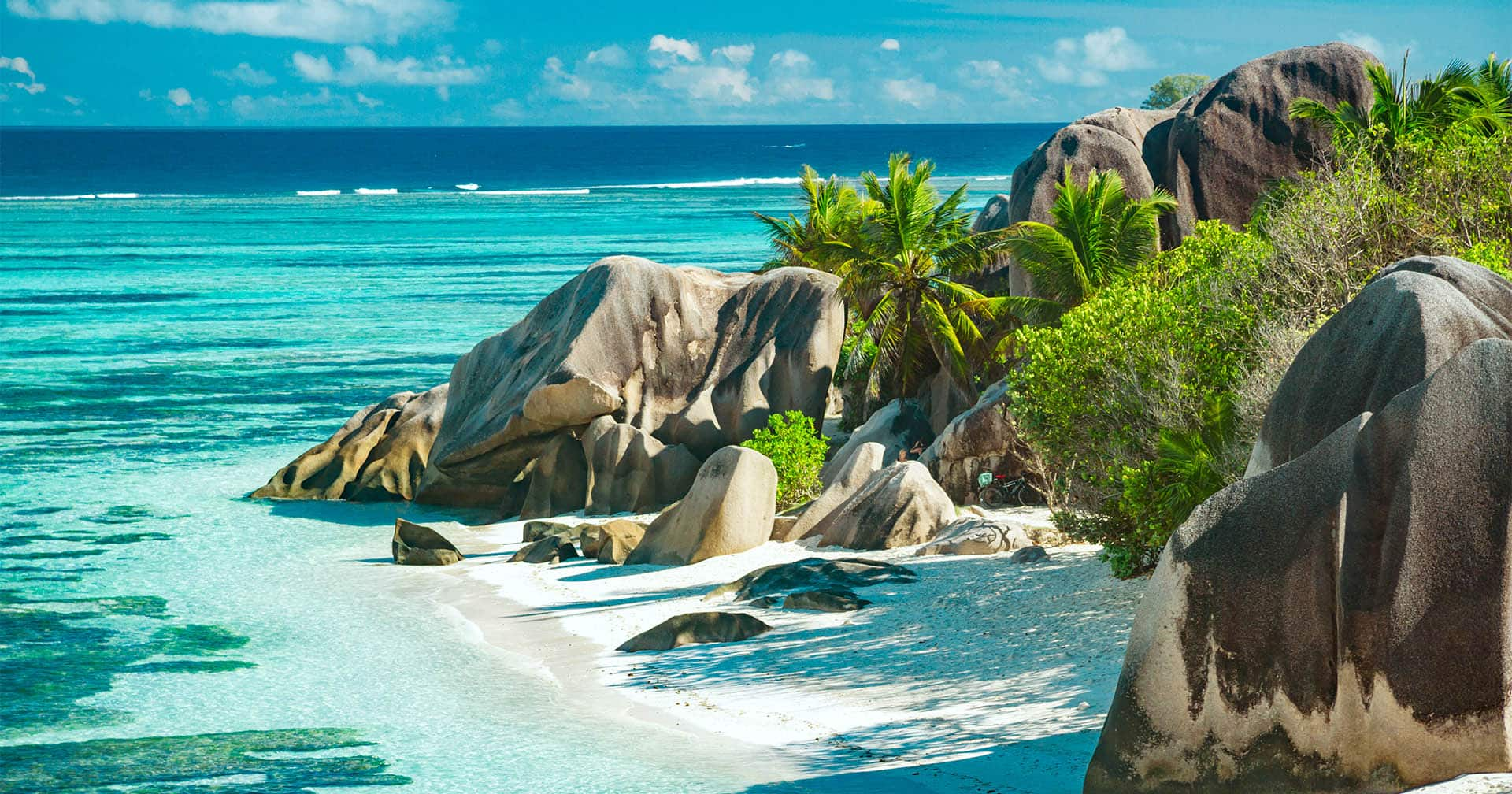


Duración 3 3/4 hs.
Renowned for its trendy cosmopolitan ambience and maritime activities, Busan is a great place to immerse yourself in the culture of South Korea. Enjoy a glimpse of this with visits to the local Culture Center for a beautiful performance. Drive to the Cultural Center to experience the art and beauty of the Korean traditional dance. This unique performance is one of the main attractions of Korea. Traditional Korean music and dance are sophisticated forms that embrace the interplay of hung and mot-form and spirit. The performance includes a selection of regional dances featuring dancers in traditional costume. Visit Yongdusan Park, a favorite relaxation place for the citizens of Busan and a wonderful back-drop for many photo opportunities. Here, you can find 70 different species of trees and view the Busan Tower. The tower was built in 1973 and stands close to 400 feet above the Busan landscape. Travel to the Jagalchi Fish Market which is famous throughout the country and is a great representation of Busan. The Jagalchi Fish Market is Korea's largest seafood market and is where you can see the lifestyle of the indigenous Busan natives. After the Korean War, the market solidified itself as a fish market. Most of the people who sell fish are Jagalchi Ajumma; 'ajumma' meaning middle-aged or married women. At the conclusion of your tour, if time permits you will have the option of exploring the downtown area on your own or returning straight to the pier.

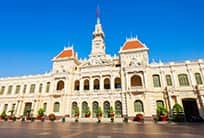
Duración 9 hs.
Gain an overall understanding of Saigon through landmark architecture that reflects the changing face of the metropolis known as Ho Chi Minh City since 1976. In the lively district of Cholon, you will browse the bustling Binh Tay Market and a Buddhist temple dedicated to the Chinese sea goddess Mazu. For a more contemporary perspective, you will view Independence Palace, also known as the Reunification Palace, a modernistic white building that was home to the president of South Vietnam during the Vietnam War. The Notre-Dame Cathedral Basilica of Saigon presents a glimpse into colonial life, as the French constructed it in the mid-1800s. The ornate Central Post Office is another French-built colonial gem. If not for the large portrait of Ho Chi Minh inside, you might think you were in Paris. Saigon is also known for its artisans, especially those that make lacquerware, a traditional skill that you will observe in a workshop.
menos
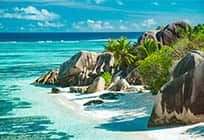
Duración 3 1/2 hs.
OVERVIEW
Experience the Old World beauty and charm of the Seychelles during an orientation tour of picturesque La Digue. Enjoy a scenic drive to L’Union Estate, where you’ll gain insight into La Digue’s history at the estate’s old Creole house and coconut factory, and delight in daily life characterized by a decidedly relaxed pace punctuated by bicycles. Continue to La Digue’s beaches, considered to be among the world’s finest, including nearby Anse Source D’Argent, which has been called a bather’s and photographer’s dream. You’ll thrill to the soft white sands and dramatic granite boulders that have long enchanted visitors to the island. Keep a sharp lookout for the resident avian wonders, as you might catch sight of a Seychelles paradise flycatcher, a rare bird endemic to these islands that sports glossy black plumage with elongated tail feathers.
HIGHLIGHTS
• Visit intriguing L’Union Estate and see a coconut factory, a traditional Creole house and oxcarts that evoke the island’s colonial past.
• Appreciate La Digue’s white-sand beaches, recognized as some of the world’s most stunning.
• Search for one of the island’s splendid endemic birds, the exotic Seychelles paradise flycatcher.
HELPFUL HINTS
• Wear casual, weather-appropriate clothing and comfortable walking shoes.
• Bring a hat, sunglasses and sunscreen.
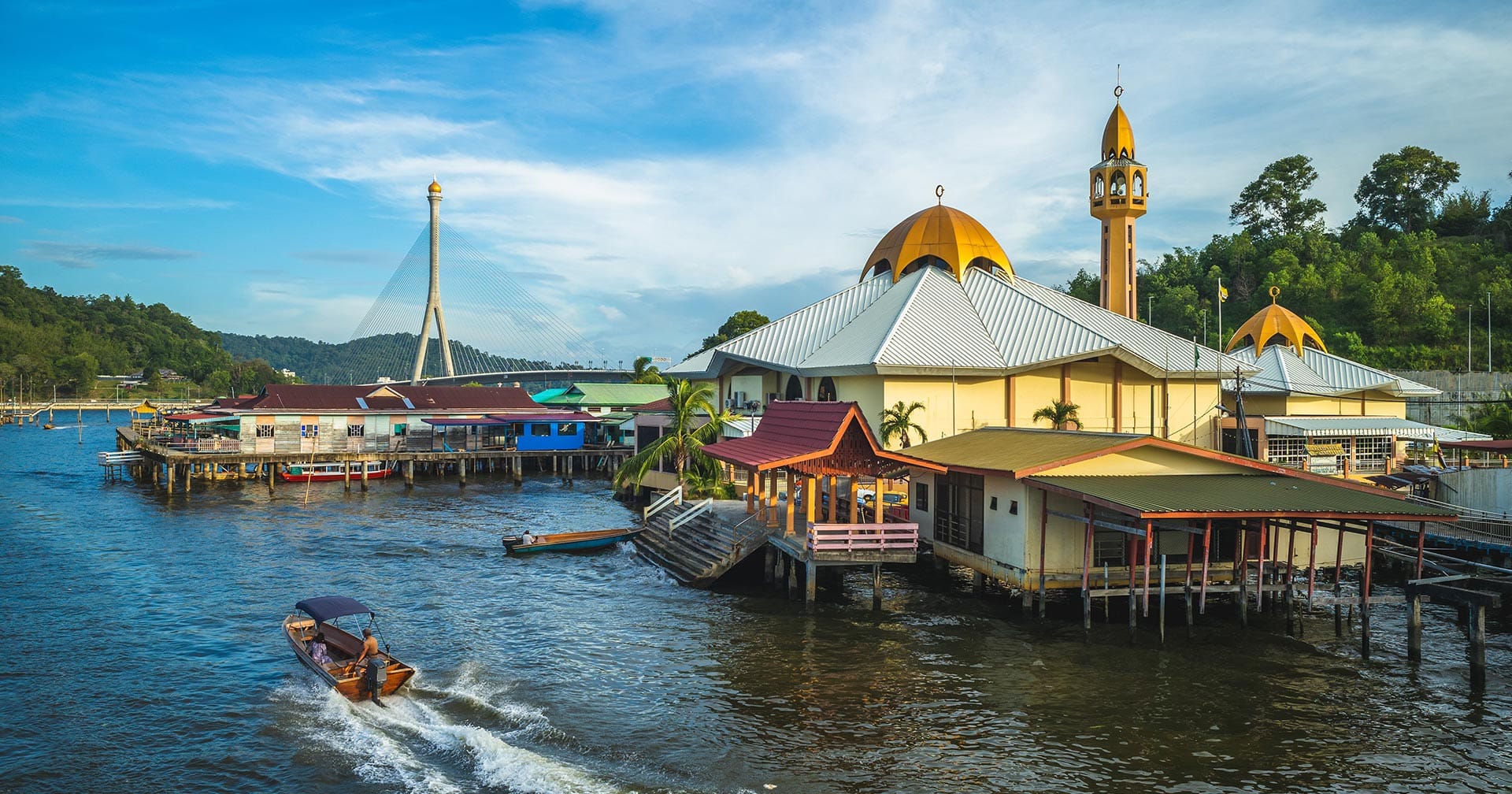
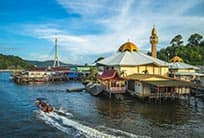
Duración 4 1/2 hs.
An eye-opening study in contrasts, this tour presents the extravagant world of Brunei's sultan, followed by a look at life in a village built on stilts in the river. Starting off from the pier, you will first travel inland toward the majestic Jame Mosque, Brunei's largest, and the Prime Minister Office where you will pause briefly for photos. Continuing on, you will arrive at the white-domed Royal Regalia where you can wander through exhibits of luxurious items from the Sultan's lavish coronation and other celebrations. Some of the items you may have the opportunity to see here are His Majesty's royal chariot, ceremonial swords, a model of the palace and various gifts from foreign dignitaries. But as you will soon see, there's more to Brunei than the extravagances afforded by its abundant oil and natural gas. Making your way to a nearby jetty, you will board a boat and cruise to Water Village where you will witness firsthand a much different side of life. More than 30,000 people live here in thousands of structures built on stilts in the Brunei River. The village is an amazing assortment of homes, restaurants, mosques, shops and hospitals, all connected by wooden boardwalks. Surprisingly, some of the homes are quite elaborate, and you will have the unique opportunity of stopping by one for a cup of tea. Amazingly, people have lived in the Water Village for more than 1,300 years, making it one of the most historic areas in Brunei. Following your time at the Water Village, you will retrace your route as you make your way back to the pier.
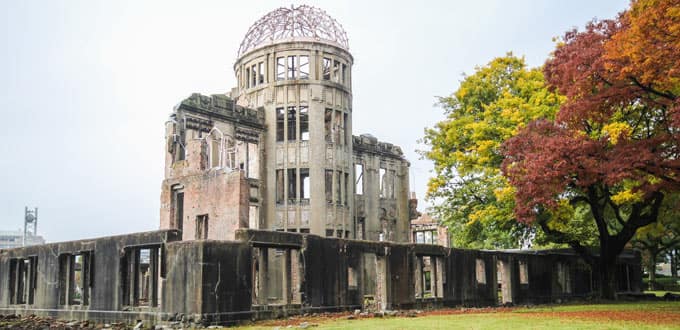
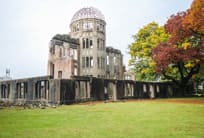
Duración 4 hs.
View the landmarks of Hiroshima, some commemorating the atomic bomb blast here in 1945 and others reflecting the city’s celebration of peace. At the poignant Hiroshima Peace Memorial Park, you will behold the ruins of some of the few concrete buildings left after the atomic bomb was dropped. One of them, the Atomic Bomb Dome, has been declared a UNESCO World Heritage site and has become a symbol of Hiroshima. You will also browse the Peace Memorial Museum whose exhibits show Hiroshima before and after the bombing and personal artifacts from the victims that humanize the devastating event. The museum encourages visitors to make a vow for universal peace. While the mood there is somber, serenity is the overarching theme at Shukkei-en Garden. Besides being a wonderful respite from the hubbub of the city, the garden is a visual delight, as plants are always in bloom. Although the atomic bomb destroyed the garden, it has been fully restored.

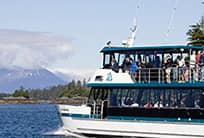
Duración 2 1/2 hs.
OVERVIEW
Cruise the pristine waters off Sitka in search of marine life such as sea otters while listening to a naturalist elaborate on the most intriguing characteristics of the species. You may settle into a comfortable seat in the boat’s main cabin or remain topside on the observation deck. Either way, you will enjoy an uninterrupted view of the sea. As you scan the waters for marine life, the naturalist will describe how humpback whales feed here in the summer and how animals such as sea otters now thrive. The animals were nearly extinct due to aggressive fur hunting in the early 1800s, and their comeback is a wonderful success story. Other creatures commonly spotted include sea lions, porpoise, harbor seals and a huge variety of seabirds. Puffins are particularly easy to identify because of their bright orange beaks.
HIGHLIGHTS
• Scan the waters off Sitka for marine life such as whales and sea otters.
• Look along the shore for brown bears and skyward for bald eagles.
• Listen to the naturalist describe the animals’ unusual habits and habitats.
HELPFUL HINTS
• Dress warmly in layered, weather-appropriate clothing.
• Wear flat comfortable walking shoes with non-skid soles.


Duración 3 3/4 hs.
Gain a broad overview of Malacca through attractions that reveal significant events in its rich history. Founded in the 14th century, Malacca was eventually colonized by the Portuguese, Dutch and British, all of which left their influences. At the heart of the city, you will find Dutch Square, a collection of reddish government buildings from the 17th century. Because of Malacca’s multi-cultural architecture and heritage, UNESCO deemed the city worthy of a World Heritage site designation. For a glimpse into how Chinese immigrants adapted to the culture over the centuries, you will browse the lavish Baba & Nyonya Heritage Museum. An enlightening tour of Cheng Hoon Teng will further enhance your understanding as it is Malaysia’s oldest traditional Chinese temple. Be sure to ask about its design, which follows the principles of feng shui. Similarly, Villa Sentosa is a fine example of traditional Malay architecture and is considered a living museum because a family resides there.
HIGHLIGHTS
• Enjoy an introductory tour of Malacca that includes its most enlightening landmarks.
• View architecture so distinct that UNESCO declared Malacca a World Heritage site.
• Browse a Chinese heritage museum and Malaysia’s oldest traditional Chinese temple.
• Visit a classic Malay house that is considered a living museum.
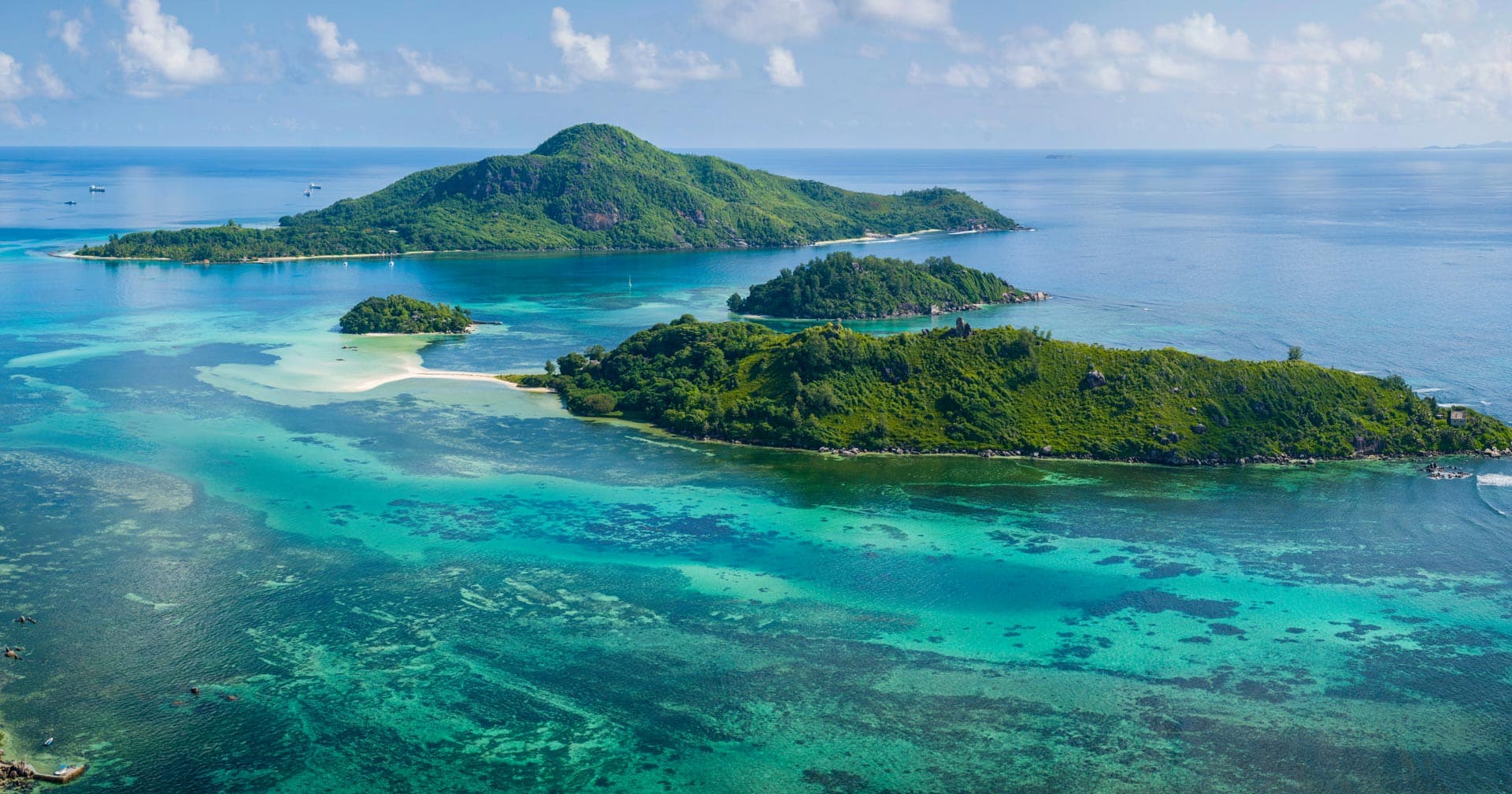
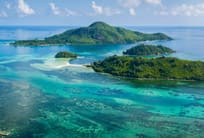
Duración 3 1/2 hs.
OVERVIEW
Discover the magic of the Seychelles during this captivating visit to its mesmerizing underwater realm. After embarking on your catamaran, depart the pier for a delightful cruise over coral reefs to lush Moyenne Island. Upon arrival, you’ll receive safety instructions and snorkeling equipment, then begin exploring the island’s fascinating aquatic ecosystem, glimpsing tropical species that include scorpion, parrot and butterfly fish, as well as red gorgonian coral fans. After your snorkeling adventure, transfer from your catamaran to a semi-submarine viewer featuring a window through which you can behold the abundant marine life and, with the assistance of a helpful guide, thrill to hand-feeding the fish who call these warm waters home. You’ll surely cherish your immersion into the undersea world of the idyllic Seychelles.
HIGHLIGHTS
• Board a catamaran for a relaxing cruise to verdant Moyenne Island.
• Receive snorkeling gear and safety information from a knowledgeable guide.
• Swim past living corals and myriad species of colorful fish such as parrot and butterfly fish.
• Observe the glorious underwater panorama from the comfort of a semi-submersible viewer.
• Hand-feed the fish with assistance from a helpful expert.
HELPFUL HINTS
• Dress in weather-appropriate clothing.
• Wear flat comfortable walking shoes.
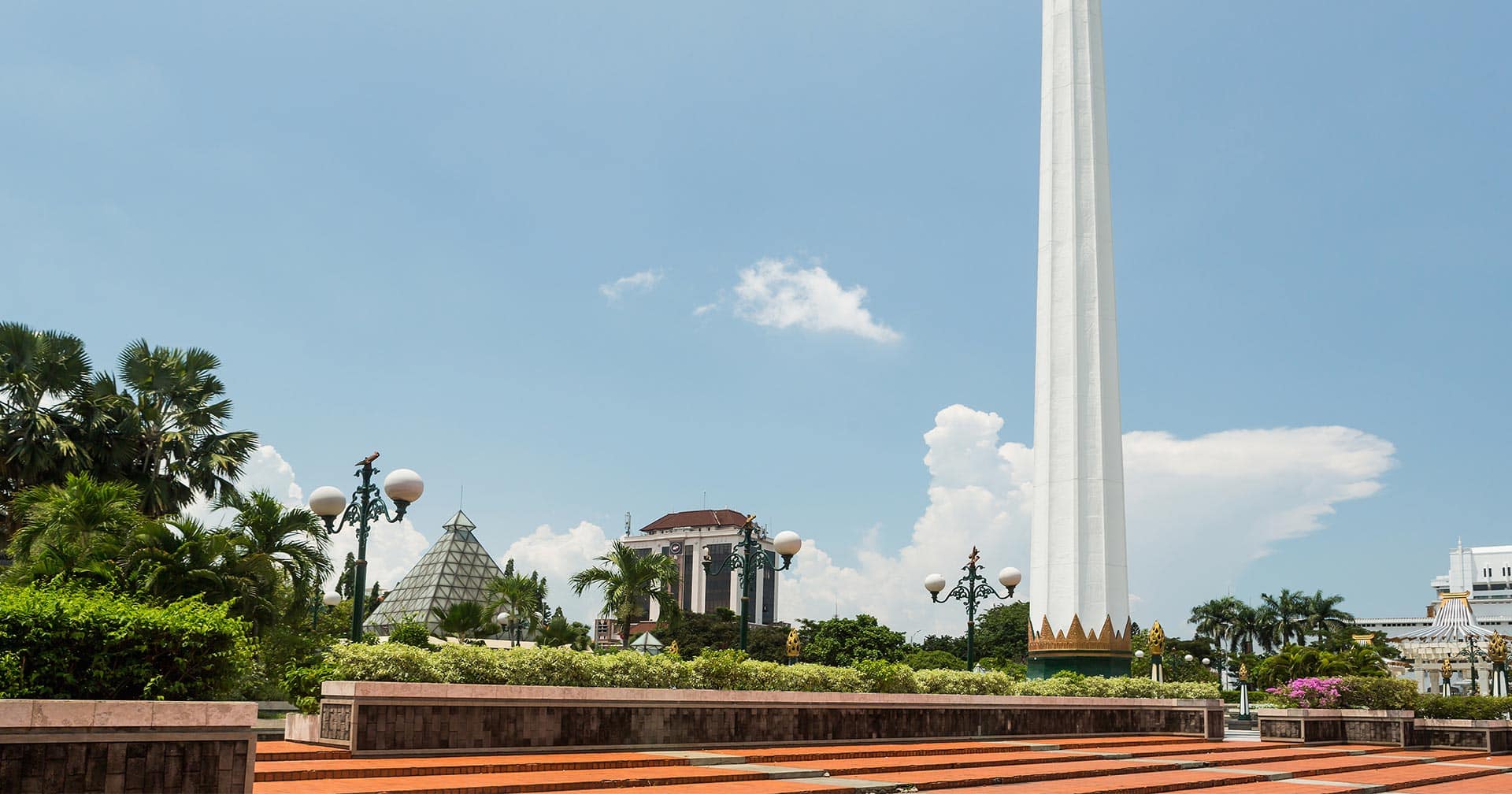
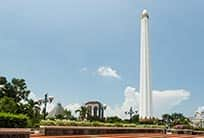
Duración 4 1/2 hs.
Explore the heritage aspect of Surabaya visiting the Dutch colonial style building compound and visit the iconic heroes’ monument of Surabaya City. Delve into the cultural heritage of Surabaya by visiting Kampong Lawas Maspati, commemorative war monument and a 5-star hotel that reflects more than a century of local history. A panoramic drive through the city takes you to the Majapahit Hotel, a more than 100-year-old lodging that the Japanese used as their headquarters in East Java during World War II. This classic landmark blends romance and elegance with its graceful colonial architecture. While touring, you will see how the hotel has evolved into a 5-star resort. During the visit have some local coffee and enjoy the local snacks. Continuing on, you will next visit the Heroes Monument, a towering obelisk that commemorates the Indonesian soldiers and civilians that died in the Battle of Surabaya in 1945. The conflict eventually led to Indonesian independence in 1949. Our last stop will be visiting Kampoeng Lawas Maspati, it is now a village being made as community base tourism where historical building is still maintained such as the Residence of Raden Sumomiharjo (the relatives of Sultanate Palace of Solo) and Sekolah Ongko Loro the historical people school since 1917. We will learn how in a crowded kampong with nearly no soil left, the villagers can create the green zone, also have some cultural activities specially presented by the local community and mostly elderlies.
menos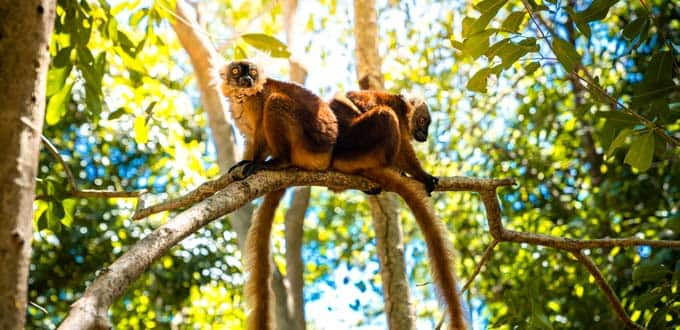
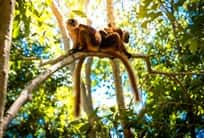
Duración 3 3/4 hs.
Enjoy meeting the locals and being entertained by whimsical lemurs on this delightful tour to nearby Nosy Komba.
Board your local boat from the ship's gangway and cruise across the east coast of Nosy Be to Nosy Komba, passing the verdant Lokobe evergreen forest along the way. Reaching the fishing village of Ampangoriana, you will tender ashore (please note it is a "wet" landing) and then have a bit of time to mingle with the locals and browse for souvenirs. Approximately 500 yards from the village is the Black Lemur Sanctuary, home to Madagascar's most famous residents, the black lemurs. During your visit, you will have the opportunity to observe these lively creatures as they leap from tree to tree. The black lemurs are the males and the brown lemurs the females. Although these animals live in the wild, they are tame enough to be fed with bananas and their capricious behavior will no doubt be fun to watch.
Leaving the sanctuary, you will walk to a nearby snack bar where you will be treated to a light snack while relaxing in the shade of a Tamarind tree and taking in the wonderful views of the Lokobe Reserve and surrounding islands. During your break, the local Sakalava embroiders will give you a demonstration on tablecloth making and the village children will perform a brief folk show for you. Free time will be provided for you to stroll on the beach, shop for souvenirs or perhaps take a dip in the ocean.
At the conclusion of your visit, you will re-board your boat and cruise back to Nosy Be and your awaiting ship.

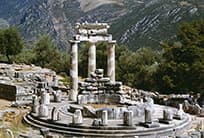
Duración 5 hs.
Travel through the fertile foothills where most of the country's vineyards and the orchards of the Phassouri citrus groves are found and past Kolossi Castle, a well-preserved stronghold standing three stories tall. You’ll arrive at the ancient ruins of the city of Kourion, an impressive Greco-Roman site where you can view remaining pavement mosaics.
Nearby is the Greco-Roman theater built in the 2nd century BC. Still used today for many performances, including ancient dramas, perched high on a cliff, this beautiful and unspoiled location offers spectacular views of the ruins and the sapphire sea below. A short distance away, you’ll find the Temple of Apollo with its stunning Cypro-Corinthian columns. The sanctuary is the largest and one of the most important religious centers on the island.
Leaving the Kourion area, you'll proceed to what is considered by many to be the most beautiful and picturesque of the old villages in Cyprus, Omodos Village, which is still preserved in its original state. Here explore the monastery of the Holy Cross with its wood carvings and old icons and see the restored wine press Lino. Visit some of the local homes, experiencing the history associated with them. Enjoy some free time to wander down the narrow streets and visit the quaint local shops, famous for their vitraux and hand-made pieces of traditional stained glass.

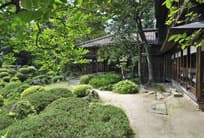
Duración 3 3/4 hs.
Delve into the artistic and cultural sides of Sakata by visiting three museums, each with its own special emphasis. One of the first privately owned art museums Japan, the Honma changes its exhibits every few months, but the real draws are the garden and early 19th-century villa of the prominent Honma family, where the museum was originally housed. Both are wonderfully serene. Almost the entire focus of the Domon Ken Museum is the photography of its namesake, a prolific Sakata-born photojournalist revered for the way he documented the rise of postwar Japan. Don’t miss the outdoor sculptures by Isamu Noguchi, a creative genius that also worked in media ranging from lighting to furniture. The Shonai Rice Museum is more cultural, as it is housed in several 19th-century warehouses. It collection includes farm tools and exhibits detailing the history of rice cultivation. The zelkova trees surrounding the museum have become a symbol of Sakata.
*Los precios varían por barco y fecha de partida. Ver Términos y condiciones
NCL coordina las excursiones en tierra para los huéspedes con el único fin de asegurar su comodidad. Bajo ninguna circunstancia representa o supervisa a las partes o personas propietarias, organizadoras o ejecutoras de dichas excursiones, ya que estas son llevadas a cabo por contratistas independientes. NCL no asume responsabilidad alguna ni garantiza la calidad del servicio prestado por los proveedores de excursiones; el huésped acepta que NCL no será responsable de las pérdidas o daños que puedan surgir de los actos o las omisiones del proveedor.
La participación en actividades y excursiones puede implicar un esfuerzo físico, por lo que puede ser potencialmente peligroso. Es responsabilidad de cada persona determinar si es capaz de realizar alguna actividad. La participación en cualquier actividad o excursión queda bajo la responsabilidad del huésped.
Las fotografías son solo para fines ilustrativos y se utilizan para representar la experiencia de la excursión y es posible que no reflejen con precisión la excursión, el lugar o la actividad indicada.
Nuestras excursiones en tierra para grupos se ofrecen en inglés. Dependiendo de la situación de la reserva, también se ofrecen varias excursiones en alemán, español, francés, italiano o ruso (cantidad mínima de 30 participantes). Los tours que ofrecemos pueden variar de un crucero a otro. Consulta la información detallada de tu excursión en tierra a bordo.

